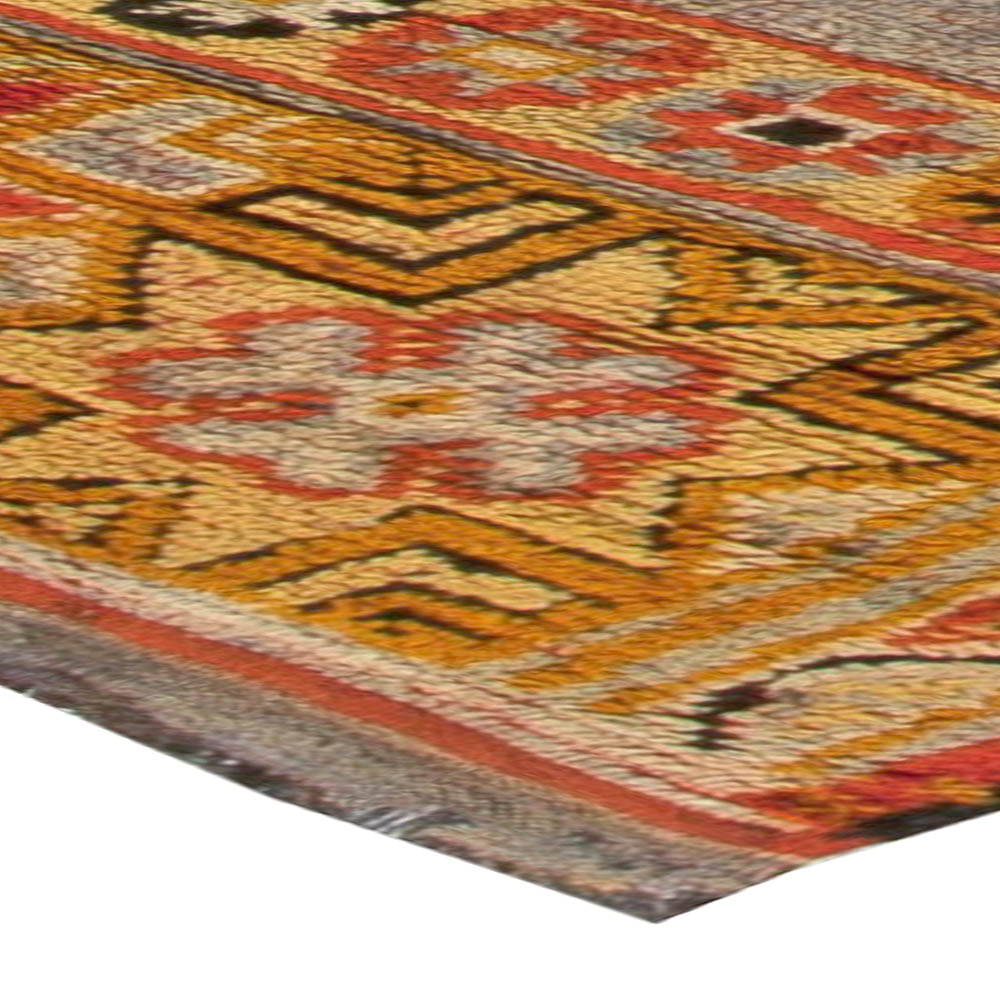In the realm of home decor, few features can stand out like a beautifully crafted Moroccan rug. These stunning pieces not only bring warmth and texture to your space but also reflect a rich cultural heritage that has existed for centuries. Boasting vibrant hues, elaborate designs, and skilled workmanship, Moroccan rugs can transform any room into a cozy haven.
Finding the ideal Moroccan rug for your home can feel overwhelming, especially with the wide range of styles present. Whether you are drawn to the modern geometric styles of Beni Ourain rugs or the colorful motifs of Kilim rugs, understanding the different types and their unique characteristics is key. In this guide, we will explore the different types of Moroccan rugs, share insights on how to pick the perfect one for your space, and guide you through the rug shopping experience with assurance.
Comprehending Morocco’s Carpet Styles
Morocco’s rugs is well-known because of their singular designs and opulent textures, rendering them a popular option for home interior design. You can find numerous types of Moroccan-origin rugs, every with distinct characteristics as well as backgrounds. The most notable of them are the Beni Ourain carpets, distinguished by their soft, heavy pile along with simple dark and ivory shapes patterns. These rugs are handwoven by the Beni Ourain while are typically associated with a cozy, modern style.
Additionally important type includes the Azilal rugs, that are recognized because of its vivid colors and whimsical, abstract designs. Weaving these rugs represents a way of artistic expression for the women of the Azilal, resulting in vibrant items which can contribute a energetic element to every space. The elaborate designs frequently include symbols that have significant value, rendering those not only decor items as well narrators of Morocco’s heritage.
Lastly, the Boujad carpets are distinctive due to their varied patterns as well as utilization of striking colors. Such rugs originates from the Boujad while often incorporate a mix of traditional Berber designs in combination with a contemporary touch. They is perfect for those seeking to create a statement, since its unique designs are able to function as a centerpiece in any area. Comprehending these various rug types are crucial in finding the right Moroccan-origin rug that complements one’s living space style.
Picking the Ideal Rug for Your Space
Discovering the ideal Moroccan rug for your living space entails thinking about the size of your space. Start by taking measurements of the area where you plan to place the rug. A suitably sized rug can anchor a room, differentiate spaces, and form a harmonious look. For larger areas, you might prefer to select a bigger rug that fits all all your furniture, whereas smaller rugs can work well in cozy corners or under tables to bring warmth.
Afterward, think about the color scheme and design of your area. Moroccan rugs come in a broad selection of colors and patterns, from vivid hues and complex designs to understated tones. Pick a rug that enhances your pre-existing decor while also showcasing your style. Reflect on how the rug will integrate into the whole look of the room, whether you are looking for a eclectic vibe, a contemporary look, or an appearance more classic.
In conclusion, consider the surface and substances of the rug. Moroccan rugs are often made from genuine fibers like wool, which adds warmth and comfort. The texture can significantly impact the feel of your area, so think about how you want the rug to interact with the other elements in the room. A luxurious, soft rug can foster a cozy atmosphere, while a sleeker weave might fit a more stylish setting. Select a substance that not only matches your design but is also functional for your lifestyle.
Caring for Your Beloved Moroccan Rug

Caring for the Moroccan rug is essential to ensure its durability and maintain its vibrant colors and detailed patterns. Regular vacuuming is key to eliminate dirt and debris. Use a vacuum cleaner with a suction setting to avoid snagging on the fibers. Depending on the rug's placement and foot traffic, try to vacuum at least weekly to keep it looking fresh. If vintage rugs notice any stains, clean them quickly by dabbing rather than rubbing, which can damage the fibers.
In furthermore to regular cleaning, it's wise to flip your Moroccan rug every few months. This will help to prevent uneven wear and color loss due to sunlight exposure. If your rug is placed in a high-traffic area, switching it can extend its life considerably. Consider using a rug pad underneath to provide padding and prevent slipping, which will also protect the floor and the rug from unnecessary friction.
In conclusion, consider professional cleaning every few years, especially for artisan Moroccan rugs. Expert cleaning methods will be efficient without compromising the integrity of the materials. Store your rug properly during extended periods of non-use by wrapping it instead of bending it, and keep it in a temperature-controlled, dry environment to prevent mold and mildew. Taking these steps will help sustain the beauty and artistry of your Moroccan rug for future generations to come.
